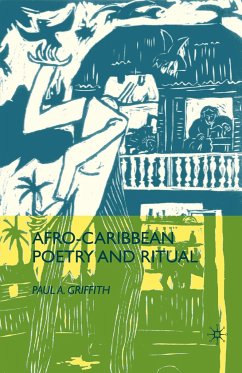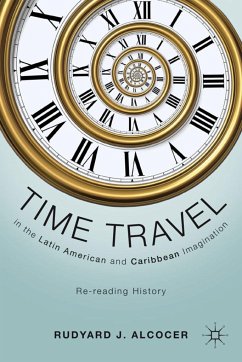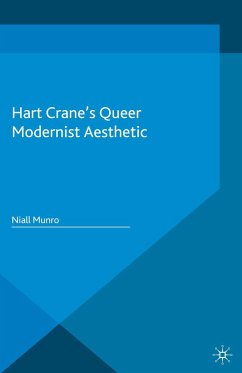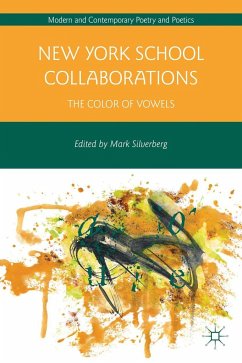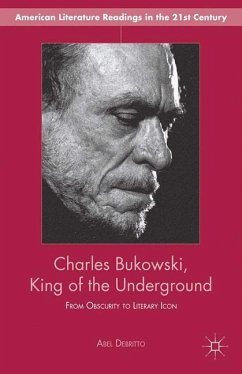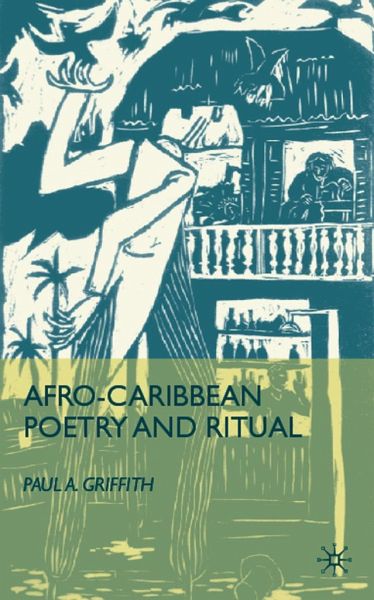
Afro-Caribbean Poetry and Ritual

PAYBACK Punkte
31 °P sammeln!
Focusing on orally transmitted cultural forms in the Caribbean, this book reaffirms the importance of myth and symbol in folk consciousness as a mode of imaginative conceptualization. Paul A. Griffith cross-references Kamau Brathwaite and Derek Walcott s postcolonial debates with issues at seminal sites where Caribbean imaginary insurgencies took root. This book demonstrates the ways residually oral forms distilled history, society, and culture to cleverly resist aggressions authored through colonialist presumptions. In an analysis of the archetypal patterns in the oral tradition - both litera...
Focusing on orally transmitted cultural forms in the Caribbean, this book reaffirms the importance of myth and symbol in folk consciousness as a mode of imaginative conceptualization. Paul A. Griffith cross-references Kamau Brathwaite and Derek Walcott s postcolonial debates with issues at seminal sites where Caribbean imaginary insurgencies took root. This book demonstrates the ways residually oral forms distilled history, society, and culture to cleverly resist aggressions authored through colonialist presumptions. In an analysis of the archetypal patterns in the oral tradition - both literary and nonliterary, this impressive book gives insight into the way in which people think about the world and represent themselves in it.





